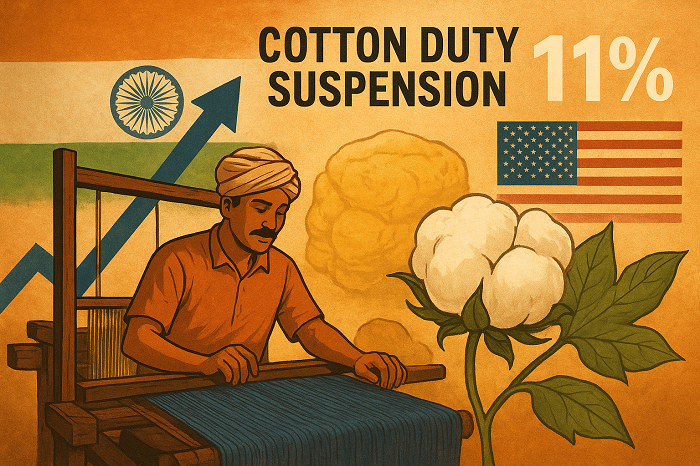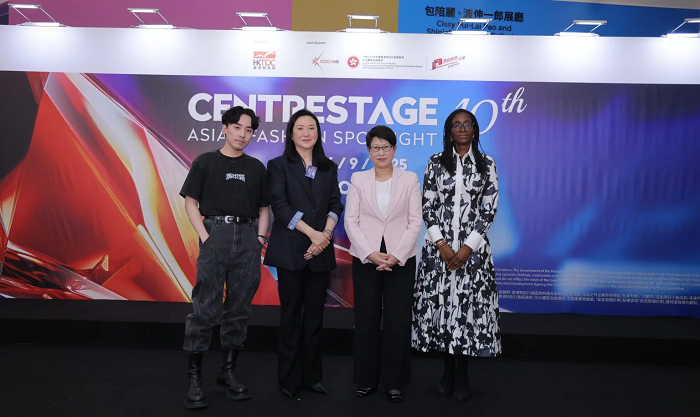
Once a humble alternative for budget-conscious shoppers, private labels often called store brands have stealthily evolved into a commanding force in the American retail market. The days when they were dismissed as lower-quality knock-offs are gone. Today, private labels are a shopper’s savvy choice, winning over consumers with competitive pricing, elevated quality, and the ability to respond nimbly to shifting trends. This quiet but powerful change is being due to evolving consumer habits, economic pressures, and the foresight of retailers who have reimagined what their in-house brands can be.
From budget shelf to prime spot
In 2024, the US private label market was valued at $271 billion, which is a 3.9 per cent growth from previous year, well ahead of the 1 per cent growth recorded by national brands. On a global scale, the story is even bigger. The market stood at $915.1 billion in 2024 and is projected to touch $1.623 trillion by 2034, with 5.9 per cent CAGR over the decade.
Table: Global private label market
|
Metric |
Details |
|
US Market Size in 2024 |
$271 billion |
|
Sales Growth in 2024 |
+3.9% (vs. 1% for national brands) |
|
Global Market Size in 2024 |
$915.1 billion |
|
Projected Global Market in 2034 |
$1,623.4 billion |
|
CAGR (2025-34) |
5.90% |
In fact, the fashion and apparel sector is a major contributor to overall private label segment. For long, this was a difficult category for private labels to penetrate, but that's changing rapidly.
Trends and perspectives
Premiumization and brand building: Retailers are investing heavily in creating private label apparel that is not only affordable but also stylish and high-quality. Brands like Target's Cat & Jack for kids and Dillard's Kinesis athleisure line are examples of this trend, offering customers unique products that rival national brands.
Focus on sustainability and ethics: The private label apparel industry is increasingly catering to consumer demand for sustainable and ethically sourced clothing. Manufacturers are using organic cotton and recycled fabrics, and retailers are highlighting their commitment to transparent supply chains, which resonates strongly with modern consumers.
E-commerce and DTC: The rise of e-commerce has made it easier for retailers and even small startups to launch their own private label apparel lines. This model allows for greater flexibility, lower minimum order quantities, and a faster response to emerging fashion trends, giving private labels a significant competitive advantage over traditional brands with slower production cycles.
Retailers leading the charge
The success of private labels is often tied to the retailers that champion them. These brands are no longer just products on a shelf; they are a core part of the retailer's identity.
• Trader Joe's: This grocer has built its entire reputation on a curated selection of unique, high-quality private label products. From gourmet snacks to staples, Trader Joe's has cultivated an exceptionally loyal customer base who trusts the brand's quality and is often unaware they are even purchasing a private label product.
• Costco's Kirkland Signature: A testament to the power of a trusted private label, Kirkland Signature has become a brand in its own right. It offers members a wide range of bulk goods—from groceries to clothing—that are perceived as offering superior value and quality to many national brands.
Table: Top 10 US private label brands: consumer perception at a glance
|
Rank |
Brand |
Parent retailer |
Strengths |
Consumer perception |
|
1 |
Kirkland Signature |
Costco |
Broad product range, bulk value, and high quality control. |
"High quality at unbeatable prices," "trustworthy," and "a wise choice." |
|
2 |
Trader Joe’s |
Trader Joe’s |
Unique, curated grocery products, fun branding, and limited selection. |
"Quirky, trustworthy, and gourmet," "unique," and "great value for specialty items." |
|
3 |
Cat & Jack |
Target |
Stylish, durable, and inclusive kidswear. |
"Affordable fashion for growing kids," and a "perfect blend of style, durability, and affordability." |
|
4 |
365 by Whole Foods Market |
Whole Foods/Amazon |
Organic and natural foods with high-quality standards. |
"Healthy living made affordable," and "affordably priced and thoughtfully sourced." |
|
5 |
Good & Gather |
Target |
Fresh and packaged foods with clean labels and elevated design. |
"Everyday quality for every budget," and "real ingredients, everyday ease, and feel-good food." |
|
6 |
Simple Truth |
Kroger |
Organic and "free-from" groceries, with a focus on healthy and clean ingredients. |
"Clean eating without the premium price," and "better-for-you products that are Free From unwanted ingredients." |
|
7 |
Great Value |
Walmart |
Extensive grocery basics, reliability, and extreme value. |
"Low prices without big compromises," and "great quality, great price." |
|
8 |
Up & Up |
Target |
Household essentials, personal care, and baby products. |
"Reliable everyday products," and "affordable without sacrificing aesthetics or quality." |
|
9 |
Amazon Basics |
Amazon |
Functional, low-cost electronics, accessories, and home goods. |
"Functional, low-cost solutions," and "budget-friendly, with many products costing half as much as their counterparts." |
|
10 |
Kinesis |
Dillard’s |
Athleisure and activewear, with department store styling. |
"Department store style, private label price," and "a trusted choice for affordable activewear." |
Why private labels are gaining ground
The success of private labels is no accident it’s a reflection of retailers’ ability to listen to consumers and innovate quickly. Unlike national brands that must appeal to broad markets, private labels can be tightly tailored to the needs, tastes, and values of a retailer’s customer base.
With inflation influencing shopping habits, consumers are also more willing to experiment. When they discover that a store’s own brand can match or even surpass the quality of their usual pick, loyalty shifts. And once trust is built, it often extends across categories, from pantry staples to premium fashion.
Moving from being ‘alternative’ to ‘first choice’
Private labels’ growth suggests they will no longer be a quiet presence in the background. Instead, they’re becoming the very backbone of modern retail strategy defining store identity, enhancing customer loyalty, and reshaping the competitive landscape. What began as a cost-saving measure is now an engine of growth, creativity, and brand equity. For national brands, this is no longer a challenge they can ignore. For consumers, it’s a win: more choice, better value, and increasingly, products they can feel good about buying.











